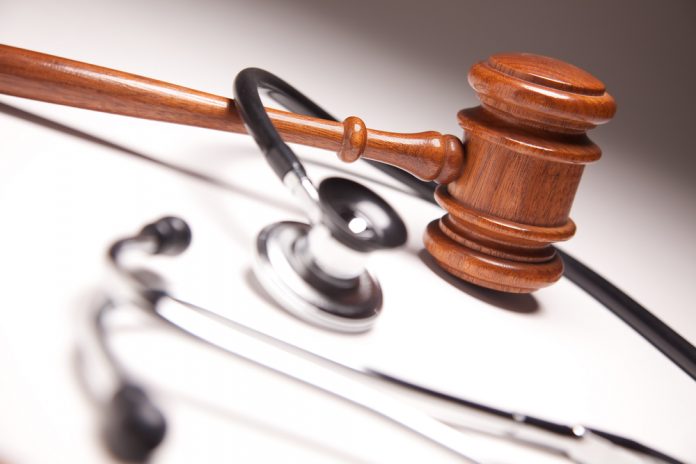With the rapid advancement of information and technology that has shaped modern medicine, it’s surprising that medical malpractices are still common. In the US alone, there are about 250,000 patients who die each year because of medical malpractice. It is now seen as one of the most common causes of preventable injury and death in the US.
What Is Medical Malpractice?
Medical practice happens when a health care professional, a doctor, a clinic, or a hospital neglects to provide proper and appropriate treatment, omits proper action, or gives inadequate or below standard treatment that can cause injury, harm, or death to a patient. The negligence may be caused by an error in diagnosis, medication dosage, treatment, health management, or aftercare.
Characteristics of Medical Malpractice
Medical professionals, clinics, and hospitals are not liable for all the injuries and harms that the patient experiences, but they have a legal responsibility if the patient experiences an injury or harm because of the negligence of the health provider or if he or she deviated from the standard quality care that is expected of him or her in situations that are similar. A medical malpractice can only be considered as such if the following factors are involved:
- Violation on the proper standard of care: Health care professionals are required by the law to comply with certain medical standards. If it is determined that the standard of care has not been met, then the health care professionals may be accountable for negligence.
- Injury caused by negligence: Aside from failure to provide the proper standard of care, the patient should also be able to prove that an injury occurred because of negligence. There is no case if the injury was not caused by negligence.
- The injury results in significant damages: The harm or injury caused by medical negligence lead to significant damage such as disability, unusual pain, constant pain, loss of income, significant medical bills, and suffering and hardship.
Types of Medical Malpractice
These are examples of cases when a negligence or error may lead to a lawsuit:
- Failure to diagnose, misdiagnosis, or delayed diagnosis
- Incorrect or unnecessary surgery
- Improper dosage or wrong medication
- Premature discharge
- Failure to recognize the symptoms of a disease
- Failure to recognize the severity of a disease
- Failure to order proper testing or to act on results
- Surgical errors or surgery on the wrong part of the body
- Misreading or ignoring laboratory results
- Poor aftercare or no follow-up
- Disregarding or not taking appropriate patient history
- Persistent pain after the surgery
- Leaving things inside the patient’s body after surgery
- Bedsores or pressure ulcers
- Potentially fatal infections acquired in a clinic or hospital
- Performing procedures improperly without adequate training
Informed Consent
The patient needs to give an informed consent to a medical procedure otherwise, if something wrong happens after the procedure, even if the procedure was carried out perfectly, the doctor, health care provider, clinic, or hospital may be liable for the injury or damage.
The surgeon needs to inform the patient regarding the risks of a medical procedure before performing the procedure. If something wrong happens after the procedure because the doctor neglected to inform the patient about the risks, then the doctor will be liable even if the operation was carried out perfectly.
What Should Be Done in the Event of a Medical Malpractice
- Schedule for a free initial consultation with an expert on this matter in your area such as Indianapolis medical malpractice lawyer.
- Either the victim or the legal representative will file a lawsuit in court.
- Before the trial begins, the victim and the medical professional, doctor, or clinic or hospital representative should share information including requests for depositions, interrogatories, and documents.
- Both parties can settle things outside court if they come into an agreement. The case will go to trial if both parties don’t agree.
- The victim has to prove the negligence of the defendant.
Find a Home-Based Business to Start-Up >>> Hundreds of Business Listings.

















































